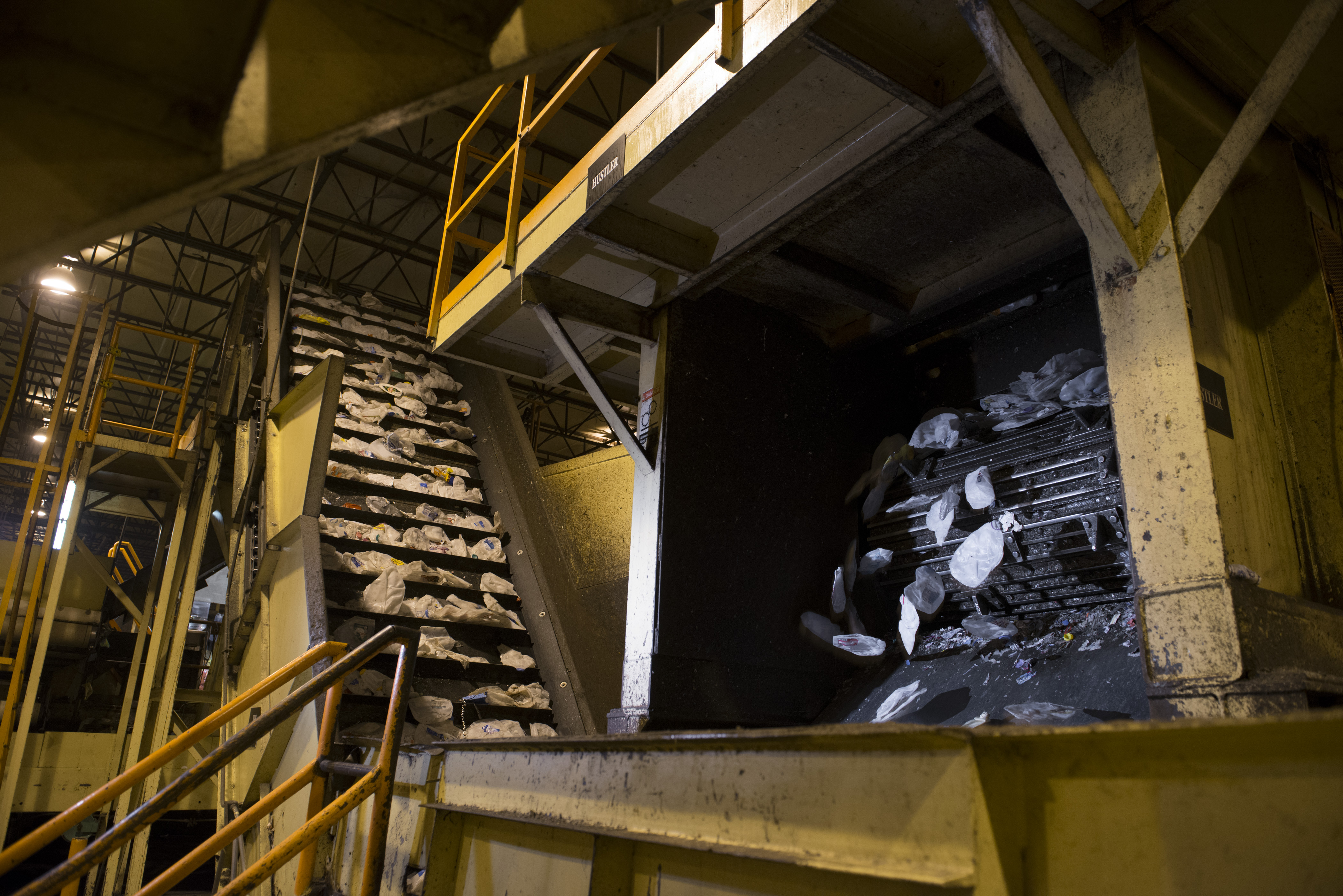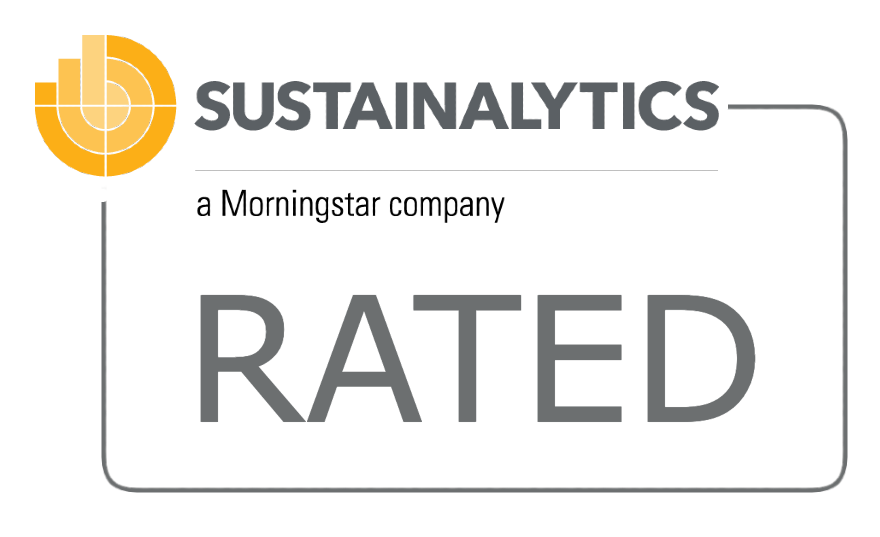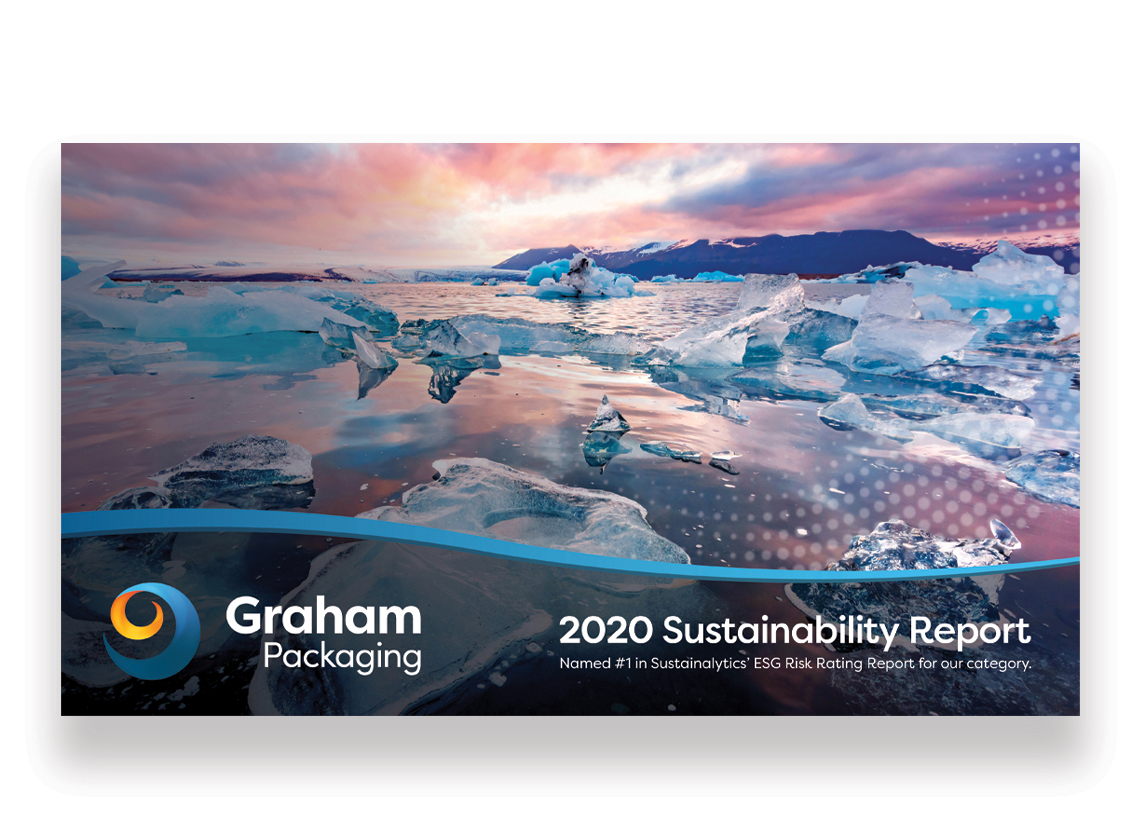Driving Sustainability Forward: Graham Packaging's Impressive Progress in Reducing GHG Emissions
Graham Packaging is committed to reducing greenhouse gas (GHG) emissions and energy use across all aspects of its operations. The company has implemented a five-pronged strategy that includes reducing energy intensity, sourcing renewable energy, increasing the use of post-consumer recycled (PCR) materials, lightweighting bottles, and collaborating with suppliers to reduce GHG emissions.
The need for GHG emissions reduction cannot be overstated. The world is facing a climate crisis, and GHG emissions are one of the primary drivers of this crisis. The Intergovernmental Panel on Climate Change (IPCC) has warned that if global temperatures rise more than 1.5°C, the consequences will be catastrophic. The effects of climate change can already be seen in the form of extreme weather events, sea level rise, and other natural disasters.
Graham understands the seriousness of the situation and has taken concrete steps to reduce our GHG emissions. We have established targets in line with 1.5°C based on the latest climate science, and recently earned approval by the Science-Based Targets Initiative (SBTi). With approval by SBTi, we are committing to reducing our absolute scope 1, 2 and 3 GHG emissions 30% by the end of 2030 from a 2020 base year.
Work has already begun to hit that target. In fact, in 2022, Graham saw a 6% reduction in overall GHG emissions from its 2020 baseline. The key reasons our GHG emissions were reduced compared to the previous year were that the company reduced its total energy consumption by 3%, sourced 4% of its global electricity from renewable sources, used lower volume of resin and had an average of 7% PCR across our products.
To achieve our GHG emissions reduction target, Graham is implementing several initiatives. One of the primary focuses of the company is to reduce our energy intensity. Graham understands the energy demands of manufacturing and has identified opportunities to address energy inefficiency. Our teams developed and implemented automated grinder and blower controls at several plants, which allows plants to design potential soft/staggered starts and idle machines when not needed without manual intervention. Graham is also exploring innovations like ceramic oven reflectors in its heating systems, which can reduce oven power consumption by 10-20%, and automated compressed air controller solutions.
Another initiative that Graham is pursuing is the sourcing of renewable energy. The company has collaborated with suppliers and customers to drive efficiency and reduce emissions. Our dedicated team members have managed renewable-energy contracts and monitored performance to achieve the milestone of operating all of Graham's plants in Brazil and in Aldaia, Spain solely on renewable energy.
The company is also committed to increasing the use of post-consumer recycled (PCR) materials. The use of PCR materials reduces the carbon footprint of the packaging by reducing the amount of virgin resin used. We have already made significant progress in this area, and the company is working towards using more PCR materials in the future.
Graham is continuing to lightweight bottles to reduce the amount of resin used in its products. By using less resin, we can reduce our carbon footprint while maintaining the quality and performance of our products.
Finally, Graham is collaborating with its suppliers to reduce GHG emissions. We recognize that we can’t do this alone, and as part of a larger value chain, we’re working to create a positive impact across the value chain.
Graham Packaging is committed to reducing GHG emissions and energy use across all aspects of our operations. The company's innovative approach to addressing energy inefficiency and collaboration with suppliers and customers has helped to reinforce its position as a leader in sustainability. With a clear strategy in place and a commitment to implementing innovative solutions, we know that Graham is well on its way to achieving its ambitious GHG emissions reduction goals.





